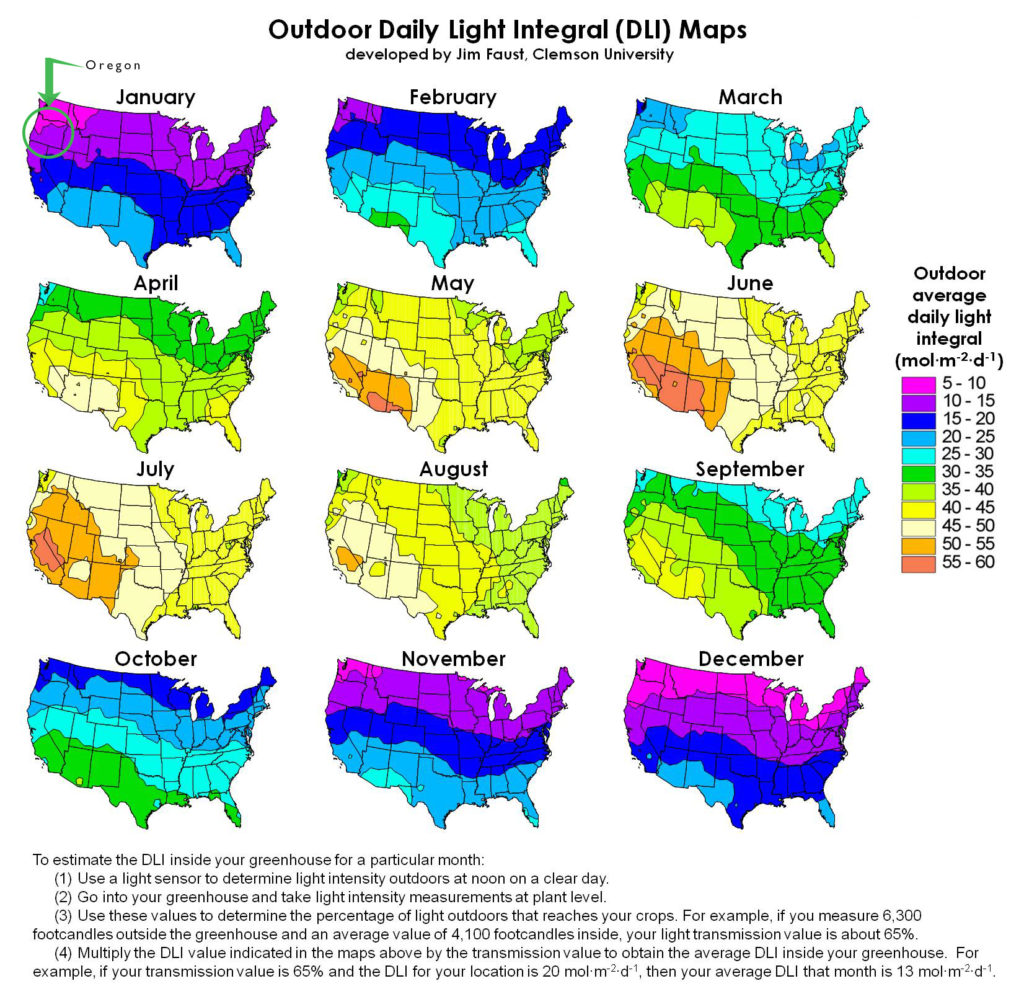Disclaimer Nothing in PL Light Systems including, but not limited to, written, visual, or editorial content, or external links on the website and digital journal, shall in any way be considered as promoting any illegal or illicit activities within your jurisdiction.
_________
As more and more investors, opportunists and growers are jumping onto the green rush that is the cannabis industry right now there is also a big influx of folks who are learning as they go. Lighting is a major purchase for this industry as a big margin of growers still prefer the better climate control and security of growing indoors and even those who choose to grow in a greenhouse are finding that no matter where they are in the world, they still need to supplement lighting to continue producing a high-quality product year-round!
There is a lot of information flooding this industry when it comes to what types of lights to use – HPS, MH, LED, etc. – as well as which spectrum of these lights will work best. While this part of the horticultural lighting industry is still in its infancy when it comes to actual, quantifiable data that PL Lighting and other companies are in the process of gathering there is one part of this data that we do know. That is what light level or how much light is needed for a crop. Light source choices can come down to costs of electricity, municipality rebates or incentives and even heating and cooling costs, so what is right for you may not be right for others. This is not the case with the amount of light and is the topic I want to discuss here.
Unpacking supplemental lighting metrics
As “The Lighting Knowledge Company” PL Light strives to be your source of information to help weed through the bombardment of info you can find on line and especially when researching lighting for cannabis. First, let’s discuss the correct unit of measurement for lighting a crop. This would be moles. In the US the more common forms of measuring light are lux and foot candles, however these units are an instantaneous measurement of the intensity of light that is visible to the human eye – mostly between 500-600 nanometers. For crops, photosynthesis happens using a broader spectrum of light wavelengths referred to as PAR (Photosynthetic Active Radiation) which is the range from 400 to 700 nanometers and actually drives photosynthesis. The measurement of the mole is the amount of actual photons over a square meter over a period of time (photo period).

Understanding Micromoles
Most growers are aware of the term micromoles (µmol) and even have a number in mind of how many micromoles they want to grow. This number is usually between 850-1000 for indoor crops. Let’s take a minute to discuss where this number comes from. First, what is a micromole? A micromole is simply one-millionth of a mole (micro). A micromole measurement of the PAR for your crop is based on the amount of photons being delivered per square meter per second. It is with this measurement of PPF (Photosynthetic Photon Flux) that we can then calculate total moles delivered per day. It is actually this number – total moles – that is important for your crop to produce.
“If ‘Moles’ are the important number for determining how much light to put on my crop why does everyone refer to micromoles” Because a micromole is a per second, instantaneous picture of your light level at that moment in time we can measure this with a par sensor. This is why you see so many requests for 900 micromoles on a cannabis crop.
Let’s break this down to understand the importance of this micromole number.
Any fruit bearing crop – tomatoes, peppers, etc. will want between 20-40 moles per day to produce. Let’s use tomatoes as an example. If we have a grower who wants to achieve superior growth from his crop, he may want to target our light levels to about 30-32 moles per day. The production curve from a crop in relation to the amount of moles delivered per day sharply increases between 20-30 moles, begins to really level off between 30-40 moles and over 40 begins to hit a point of diminishing returns for your crop. If our tomato grower wants to hit 32 moles per day to maximize his production then we will see how long he plans to light his crop. If he is going to run lights for 16 hours each day we can then do the math to figure out his light levels in micromoles we want to target:
32 moles / 16 hr photoperiod / 60 minutes / 60 seconds = 0.000556 moles
(This gives us the amount of moles delivered per second per square meter)
0.000556 moles x 1,000,000 = 556 µmols per second per meter squared
We will need to design a light layout of 556 µmols
The reason cannabis is a much larger number than the example above is due to the photoperiod requirement of this crop. To initiate flowering of the cannabis bud we need to allow for 12 hours of darkness. Also, currently cannabis is a higher profit margin crop than most produce, so even though the production curve in relation to amount of light starts to level off in the 30 – 40 mole range, most growers will push it out as much as possible. Let’s work our same math above, but start with the requirement of 900 µmols for our indoor cannabis grow with only a 12 hour photoperiod:
900 µmols x 60 seconds x 60 minutes x 12 hours = 38,880,000 µmols
(This gives us the amount of µmoles delivered in a 12 hr period)
38,880,000 / 1,000,000 = 38.88 moles per 12 hr photoperiod
900 µmols will deliver 38.88 moles over 12 hours
Not all growers will be successful growing at 38 moles per day and with that much light in an indoor grow—some will have to battle the heat if growing with HPS, or just the sheer size of the electric bill can be a detriment. Many growers produce very well at 30 moles per 12 hr period (about 700 micromoles).
Greenhouse Application
“What does this mean if I am growing in a greenhouse? Should I target 900 µmols in my greenhouse?” This is a question we hear a lot! You are already receiving a good amount of light from sun in your greenhouse but depending on where your house is in the world and what time of year it is, you could receive as little as only 5 moles per day (As is the case in northern climates during winter) or even more light than you may need (As is Arizona in the summer). Let’s use our tomato grower above as a simple example. If our tomato grower is growing in a greenhouse which is located in central Oregon and wants to maintain 32 moles per day on his crop year-round we then have to refer to a Daily Light Integral (DLI) map for this area.

You can see that through the three darkest months of winter this grower can expect to receive an average of about 10 moles per day from natural sunlight. When designing his light levels for his growth we would recommend supplementing this natural light with 22 moles of lighting per 16 hour photoperiod to achieve his 32 mole target:
22 moles / 16 hrs / 60 mins / 60 secs x 1,000,000 = 382 µmols
382 µmols of supplemental lighting needed
Now let’s do the same for our cannabis grower who is growing in the same location and also would like to achieve light levels of 32 moles per day all year for production. Again, we will allot for the 10 moles of natural light he will receive and target 22 moles with our lighting:
22 moles / 12 hrs / 60 mins / 60 secs x 1,000,000 = 509 µmols
509 µmols of supplemental lighting needed
Light Levels Conclusion
As you can see, the micromoles needed for the crop are dependent on the full photoperiod of your day. It is not necessarily that cannabis uses more lighting than other fruit bearing crops, it is that you only have 12 hours to accumulate that amount of light. Crops like tomatoes, cucumbers and roses are considered “day-neutral” plants. This means that they do not initiate flowering based on photoperiod and may initiate flowering solely based on maturity of the plants. Cannabis is similar to cotton, rice, poinsettias and others that are considered “short-day” plants and cannot flower under short nights or even if there is a light shone on the plant for several minutes during the night hours.
Written by – Eric Moody, Sales Manager, The Americas, in an expert in working with growers at all stages of growing. Eric works with with growers in traditional horticulture as well as medicinal and recreational legal cannabis.



